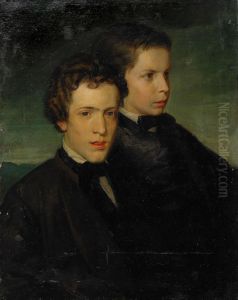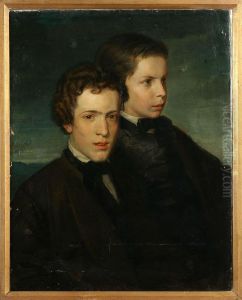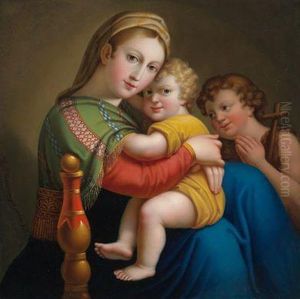Johann Paul Eisenmayer Paintings
Johann Paul Eisenmayer was an Austrian sculptor and stucco artist who lived during the Baroque period, an era characterized by grandeur, drama, and movement in art and architecture. Born in 1656, Eisenmayer's work flourished in a time when European art was dominated by the ornate and highly decorative styles that defined the Baroque aesthetic.
Not much is documented about Eisenmayer's early life and training, which was not uncommon for many artists of the time. However, it is known that he was active primarily in Austria and Southern Germany. Eisenmayer's work is typically Baroque in style, with dynamic compositions, rich ornamentation, and a sense of movement that was intended to stir the emotions of the beholder.
Throughout his career, Eisenmayer contributed to the decoration of numerous churches and buildings, which was a major avenue of work for sculptors and stucco artists of the period. His work would have included altarpieces, pulpits, statues, and elaborate stucco work, often depicting religious scenes and figures with dramatic expressions and poses.
Eisenmayer's contributions to Baroque art are a reflection of the period's overall themes and preferences. Unfortunately, like many artists of his era, specific works attributed to him may not have survived or have been well-documented, which can make it difficult for historians to fully grasp the extent of his oeuvre.
Johann Paul Eisenmayer passed away in 1708, having left his mark on the Baroque landscape of Central Europe. His legacy, as with many artists of the Baroque era, is tied to the rich stylistic contributions to ecclesiastical and secular buildings, which continue to be appreciated for their artistic and historical significance.


